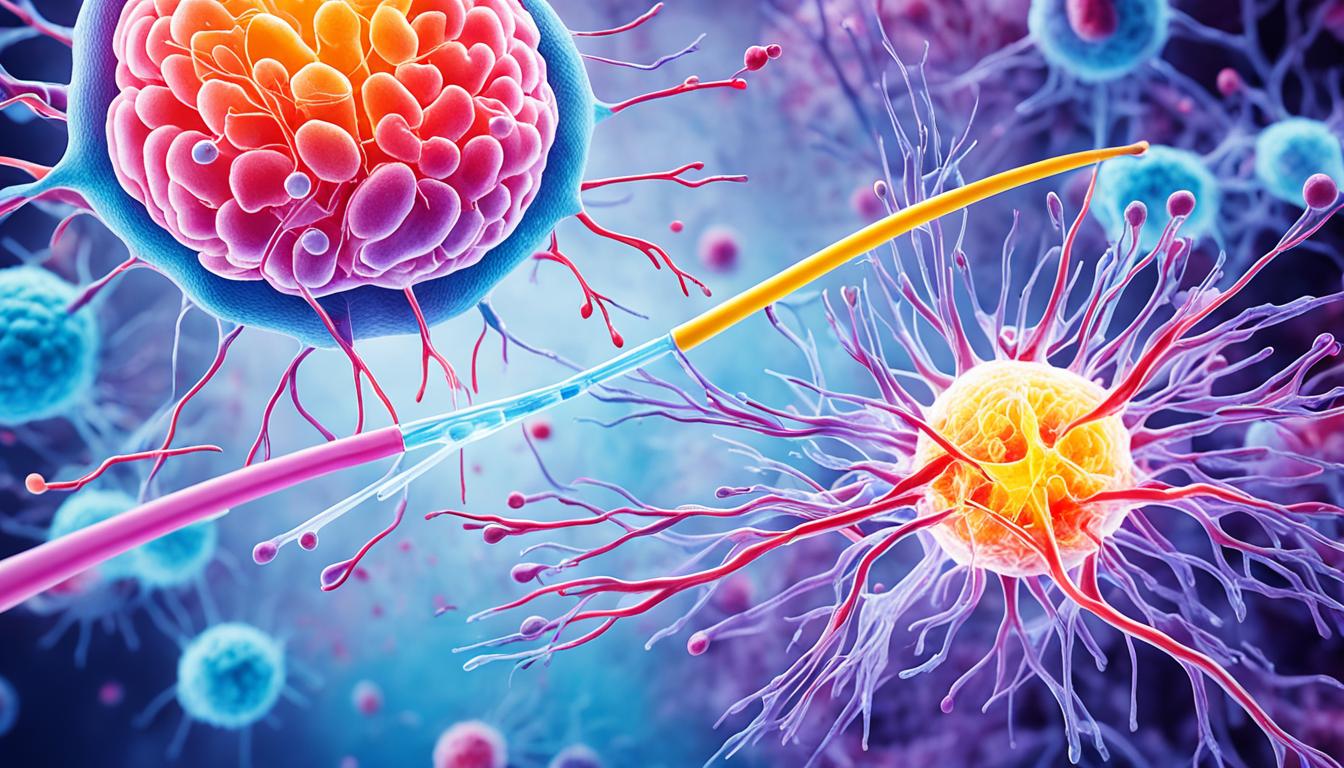A transient ischemic attack (TIA), or mini stroke, happens when blood flow to the brain is briefly reduced. It causes a sudden, temporary dysfunction in the brain. Symptoms include one side of the body feeling weak or numb, trouble speaking or understanding, and vision issues. These signs occur suddenly and are short-lived.
The most common cause of TIA is a blockage in the blood vessels leading to the brain. This blockage can be from a blood clot or narrowed arteries. Things that make TIA more likely include high blood pressure, smoking, diabetes, and past heart or stroke problems. It is important to manage these risk factors.
Diagnosing TIA relies on the symptoms described by the patient and thorough physical checks. Doctors may also use various tests like brain imaging and blood work to confirm the diagnosis. Early treatment for TIA focuses on preventing a full stroke. It often involves blood-thinning medicines, controlling blood pressure, and making healthy lifestyle changes. In severe cases, doctors might consider procedures to clear blocked blood vessels.
New treatments for TIA are actively being studied. One of these is stem cell therapy. It holds promise for offering better outcomes in the future.
Key Takeaways:
- TIA is a short episode of brain dysfunction due to decreased blood flow.
- Its symptoms include body weakness on one side, difficulty talking, and vision changes.
- Factors that raise TIA risk are high blood pressure, smoking, and diabetes.
- Diagnosis is based on patient symptoms, physical exams, and tests.
- TIA treatment focuses on preventing future strokes through medication and lifestyle changes.
- Stem cell therapy is an exciting area of research for TIA.
Symptoms and Diagnosis of Transient Ischemic Attack (TIA)
A TIA, or mini stroke, is like a stroke but with temporary symptoms. They last no more than 24 hours. Knowing TIA symptoms is vital since they warn of a possible stroke. These signals include:
- Sudden weakness or numbness on one side of the body
- Difficulty speaking or understanding
- Vision changes
- Dizziness
- Loss of balance or coordination
Don’t ignore these signs. Get help right away to lower your stroke risk.
To diagnose TIA, doctors look at your history, do physical check-ups, and run tests. These tests help rule out other health issues.
- Thoroughly assessing the patient’s medical history
- Conducting a comprehensive physical examination
- Performing various additional tests to evaluate the blood vessels and eliminate other possible causes of symptoms
TIAs are linked to age, high blood pressure, high cholesterol, and more. It’s key to spot and manage these risks early.
Risk Factors for Transient Ischemic Attack (TIA)
| Risk Factors |
|---|
| Age |
| High blood pressure |
| High cholesterol |
| Smoking |
| Diabetes |
| History of heart disease or stroke |
Causes and Prevention of Transient Ischemic Attack (TIA)
A transient ischemic attack (TIA) happens when blood flow to the brain is briefly cut off. This can be from a blood clot or narrowed blood vessels. Knowing what causes a TIA and how to prevent one can lower your risk.
TIA risks go up with age. Health issues like high blood pressure, high cholesterol, or past heart problems make TIA more likely. Smoking and diabetes are big risk factors. It’s important to spot these risks early to prevent a TIA.
Prevention
There are steps you can take to stop a TIA and lower your stroke risk. Stopping smoking can greatly cut your chances. Smoking harms more than just your heart. It affects your whole health.
Staying at a healthy weight and being active are key to TIA prevention. Exercise keeps your heart strong and your blood flowing well. This helps with high blood pressure and diabetes. Choosing a healthy life can keep TIAs away.
Sometimes, you might need medical help to prevent TIAs. Doctors can give you medicines to keep blood clots from forming. It’s important to see your doctor regularly and take your medicine as directed.
Management and Treatment of Transient Ischemic Attack (TIA)
The goal in treating a transient ischemic attack (TIA) is to lower the risk of future strokes. Treatment combines lifestyle changes and medicines. Sometimes, surgery might be needed.
Living a healthy life is a major part of TIA treatment. This means eating well, staying active, keeping your weight in check, and not smoking or drinking too much. These steps decrease your chance of TIA and stroke.
Doctors often prescribe medicines to decrease clot formation and prevent TIAs or strokes. They may give you aspirin or other blood thinners. These drugs stop clots from forming or growing.
If your case is severe, a doctor could recommend surgery. This might include cleaning out the carotid arteries or placing a stent to keep them open. Both procedures help blood flow better, lowering your TIA risk.
After a TIA, teaming up with your healthcare providers is crucial. Together, you’ll create a plan tailored to you. Regular visits, managing your meds, and staying on top of your health are vital for preventing more TIAs or strokes.
Although the use of stem cell therapy is being studied, it’s not widely used for TIAs yet. It shows potential, but more research is needed to check how safe and effective it is in managing TIAs.

